Explore the vital rivers of Kruger National Park—home to elephants, hippos, crocodiles, and diverse birdlife. Learn about the best river safari spots and seasonal wildlife changes.
Plant Life in Marloth Park: A Botanist’s Guide
Marloth Park, next to Kruger National Park, boasts diverse flora. Notable trees include the Marula, Baobab, Fever Tree, Leadwood, and Knob Thorn, each vital to the ecosystem and local traditions. This guide highlights their unique roles and significance.
Nestled along the southern border of the Kruger National Park, Marloth Park is a haven for nature enthusiasts and botanists alike. This unique conservation area offers a diverse array of flora and fauna, with a particular emphasis on the indigenous trees that define its landscape. In this guide, we'll explore five remarkable trees found in the Kruger National Park, each with its unique characteristics, fascinating facts, ecological roles, and traditional uses by local communities.
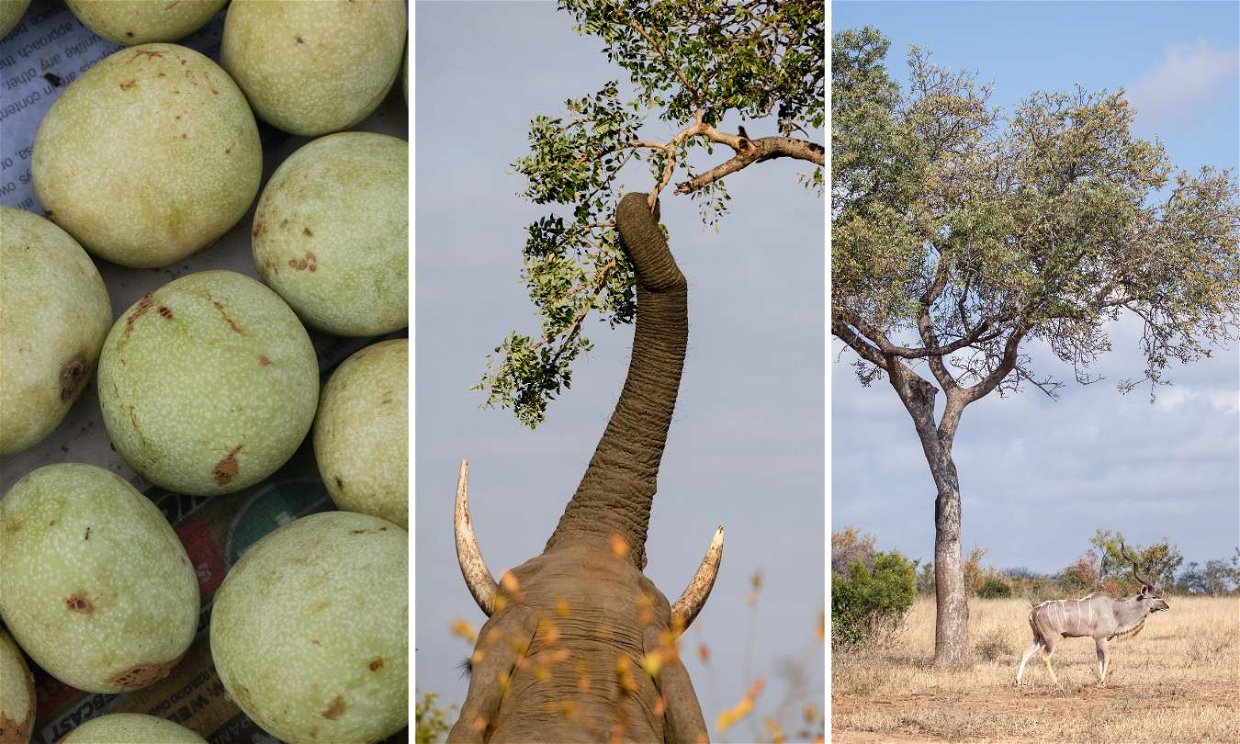
1. The Marula Tree (Sclerocarya birrea)
The Marula tree is one of the most iconic and culturally significant trees in the Kruger National Park. Known for its succulent fruit and wide-reaching branches, the Marula tree is a cornerstone of the local ecosystem.
Description:
The Marula tree can grow up to 18 meters tall, with a wide-spreading crown that provides ample shade. Its bark is pale, greyish-brown, and often peels in round patches. The leaves are compound, with 7-11 leaflets arranged alternately along the leaf stalk.
The small, yellowish-green flowers bloom in the early summer, followed by the production of round, yellow fruit.
Interesting Facts:
The fruit of the Marula tree is rich in Vitamin C—about eight times more than an orange.
Elephants are particularly fond of Marula fruit and will travel great distances to find these trees during the fruiting season.
Ecological Role:
The Marula tree plays a crucial role in the biodiversity of the Kruger National Park. Its fruit is a vital food source for numerous animals, including elephants, warthogs, and various bird species. The tree's dense foliage provides shelter and nesting sites for birds and insects, while its flowers attract bees and other pollinators.
Traditional Uses:
Local communities have long utilized the Marula tree for various purposes. The fruit is used to make a popular alcoholic beverage known as Marula beer. Additionally, the nuts inside the fruit are rich in oil, which is used for cooking and as a moisturizer. The bark of the Marula tree is also used in traditional medicine to treat a variety of ailments, including dysentery and malaria.
2. The Baobab Tree (Adansonia digitata)
The Baobab tree, often referred to as the "Tree of Life," is another iconic species found within the Kruger National Park. These ancient giants are easily recognizable by their massive trunks and distinctive silhouette.
Description:
Baobabs can grow up to 25 meters tall, with trunks that can reach diameters of 10 meters. The bark is smooth, grey, and feels almost like cork. The branches are thick, and they often look like roots reaching towards the sky, which has led to the tree's nickname of the "upside-down tree.”
Interesting Facts:
Baobabs can live for over a thousand years, with some specimens believed to be more than 3,000 years old.
The tree's trunk can store thousands of liters of water, which helps it survive in arid conditions.
Ecological Role:
Baobabs are a keystone species in their habitat. Their large flowers attract bats and moths, which pollinate them. The fruit, rich in nutrients, is eaten by a variety of animals, including baboons, elephants, and birds. The trees provide crucial nesting sites for birds and serve as a refuge for numerous species during droughts.
Traditional Uses:
Every part of the Baobab tree is useful. The fruit, known as "monkey bread," is rich in Vitamin C and other nutrients. It is often used to make a refreshing drink or added to porridge. The leaves can be boiled and eaten as a vegetable, and the seeds can be ground into a nutritious powder. The bark is used to make ropes and cloth, and traditional healers use various parts of the tree to treat ailments such as fever and digestive issues.
Find out more interesting facts about this amazing tree on our blog post:
The Baobab: Africa's Iconic "Tree of Life"
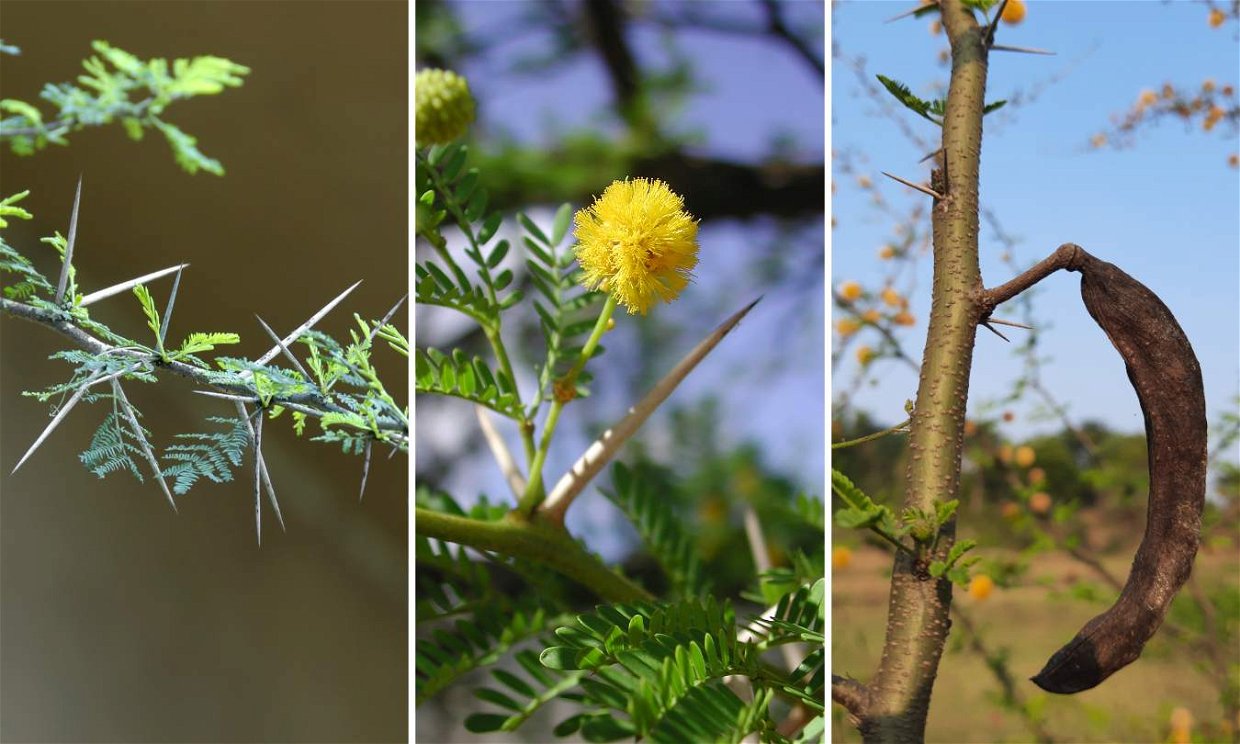
3. The Fever Tree (Vachellia xanthophloea)
The Fever Tree stands out with its striking, lime-green bark, making it one of the most visually distinctive trees in the Kruger National Park. It typically grows in low-lying, swampy areas.
Description:
The Fever Tree can grow rapidly, reaching heights of up to 30 meters. Its bark is smooth and lime-green, which is unique among trees in the area. The leaves are small and bipinnate, creating a delicate, feathery appearance.
Interesting Facts:
The tree's name comes from early European settlers who associated it with malaria outbreaks, believing that the tree caused the fever. In reality, the mosquitoes that spread malaria often breed in the tree’s preferred wet habitats.
Ecological Role:
Fever Trees are vital in their habitats as they help stabilize the soil in swampy areas, preventing erosion. Their flowers provide nectar for bees and other pollinators, while the tree itself offers shelter and nesting sites for birds and insects.
Traditional Uses:
Local communities use the bark and roots of the Fever Tree for medicinal purposes. The bark is boiled and used to treat eye infections and other ailments. Additionally, the tree's gum is harvested and used as an adhesive or in traditional food preparations.
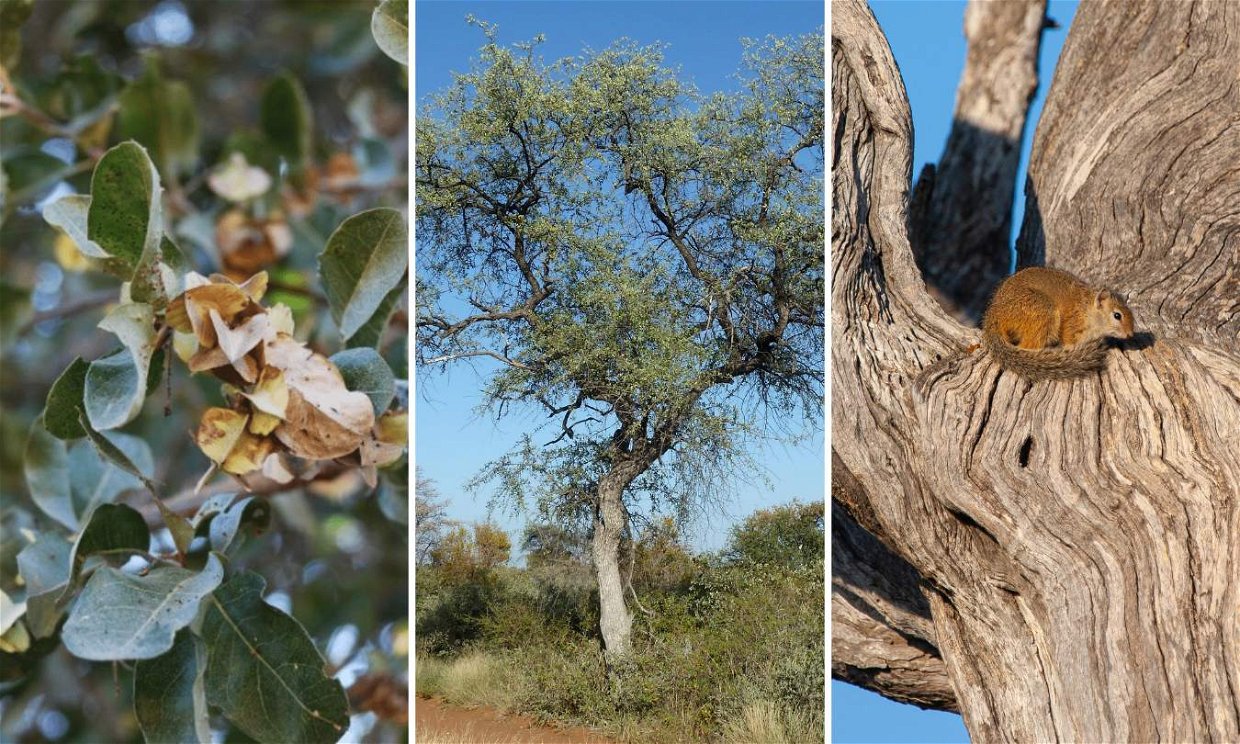
4. The Leadwood Tree (Combretum imberbe)
The Leadwood tree is renowned for its dense, hard wood and is a common sight in the Kruger National Park. Its wood is so dense that it sinks in water, which is a rare characteristic for timber.
Description:
Leadwood trees can grow up to 20 meters tall, with a distinctive greyish-brown, deeply fissured bark. The leaves are small, leathery, and oppositely arranged. The tree has a slow growth rate but is incredibly resilient.
Interesting Facts:
Leadwood trees can live for several hundred years, with some estimated to be over a thousand years old.
The wood is highly resistant to termites and other pests, making it incredibly durable.
Ecological Role:
Leadwood trees provide critical habitats for many species. Their dense wood is used by birds and insects for nesting. The trees also serve as resting spots for large birds of prey. Even after death, the wood remains intact, continuing to provide shelter and habitat.
Traditional Uses:
The dense wood of the Leadwood tree is highly valued for making durable furniture, tools, and carvings. Local artisans often use it to create intricate sculptures. Additionally, traditional healers use the ash of burned Leadwood to treat skin conditions and as a toothpaste.
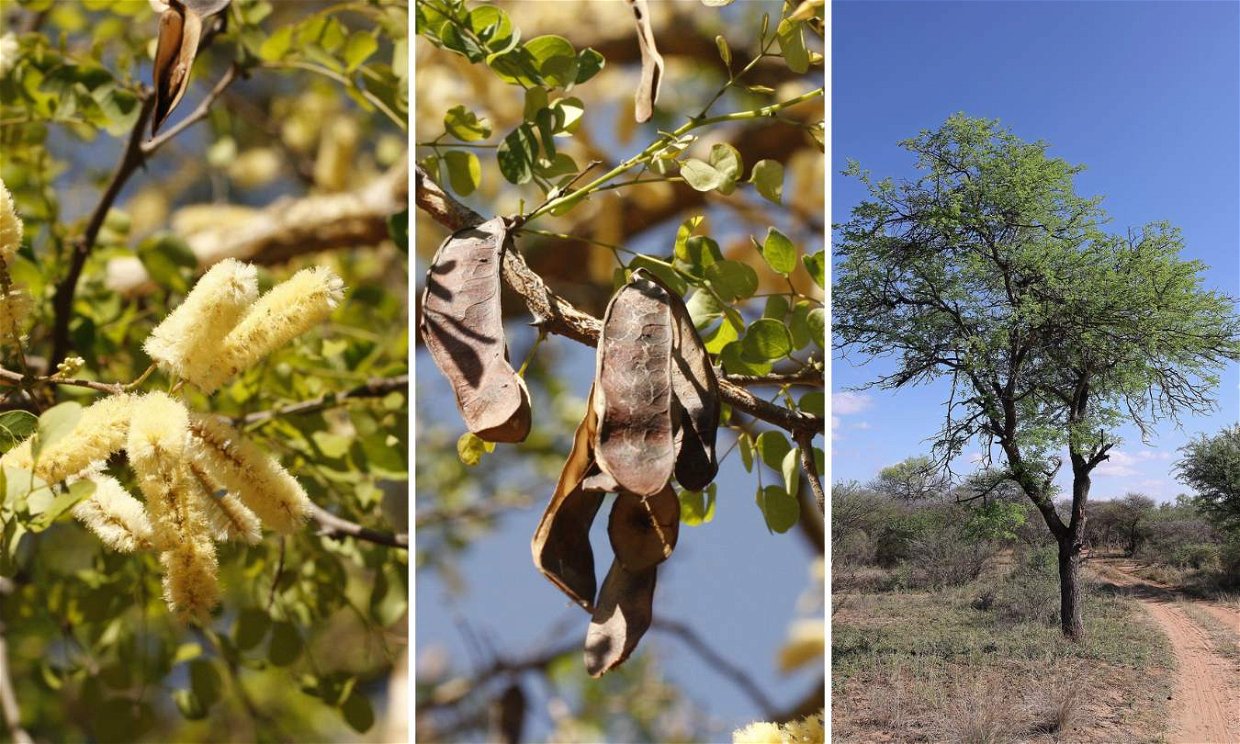
5. The Knob Thorn Tree (Senegalia nigrescens)
The Knob Thorn tree is a distinctive species with its characteristic thorny knobs along the trunk and branches. It is a crucial part of the savanna ecosystem in the Kruger National Park.
Description:
The Knob Thorn tree can grow up to 18 meters tall and has a wide, spreading canopy. The trunk and branches are covered with large, thorny knobs. The leaves are bipinnate, and the tree produces white to yellowish flowers in dense clusters.
Interesting Facts:
The Knob Thorn is a favorite among giraffes, which feed on its leaves and pods.
During the dry season, the tree sheds its leaves to conserve water, a common adaptation among savanna trees.
Ecological Role:
Knob Thorn trees are essential for maintaining the biodiversity of the savanna. They provide food and habitat for a variety of animals, including giraffes, elephants, and numerous bird species. The flowers attract bees and other pollinators, while the thorns offer protection for nesting birds.
Traditional Uses:
The Knob Thorn tree is highly valued for its medicinal properties. The bark and roots are used in traditional remedies to treat a range of ailments, including stomach issues, fevers, and respiratory problems. The wood is also used for building materials and fuel.
Marloth Park and the Kruger National Park are home to a diverse array of tree species, each with its unique characteristics and uses. From the nutritious fruit of the Marula tree to the ancient, water-storing Baobab, these trees are not only vital to the ecosystem but also hold significant cultural and practical value for local communities. Exploring these magnificent trees offers a deeper understanding of the rich botanical heritage of the region and the intricate connections between nature and human culture.
Whether you're a seasoned botanist or a curious traveler, a journey through the plant life of Marloth Park is a captivating adventure. Embrace the opportunity to learn about these remarkable trees and their roles in both the natural environment and local traditions. By doing so, you contribute to the appreciation and preservation of this incredible biodiversity hotspot.
For more insights on the local flora and fauna, visit our blog. Additionally, check out our detailed guide on day trips and activities to make the most of your visit.
Disclaimer
This article is for informational purposes only and is not intended to provide medical advice. The traditional uses of plants mentioned here are based on historical and cultural practices. Always consult with a qualified healthcare provider before using any plant for medicinal purposes.
Further Reading
Discover the world of rhinos in Kruger National Park. Learn about their behaviour, habitat, and conservation challenges. Plan your safari at Needles Lodge today!
Discover the fascinating African Hoopoe in Kruger National Park! Learn about its striking crest, unusual feeding habits, and where to spot this unique bird on your next safari.

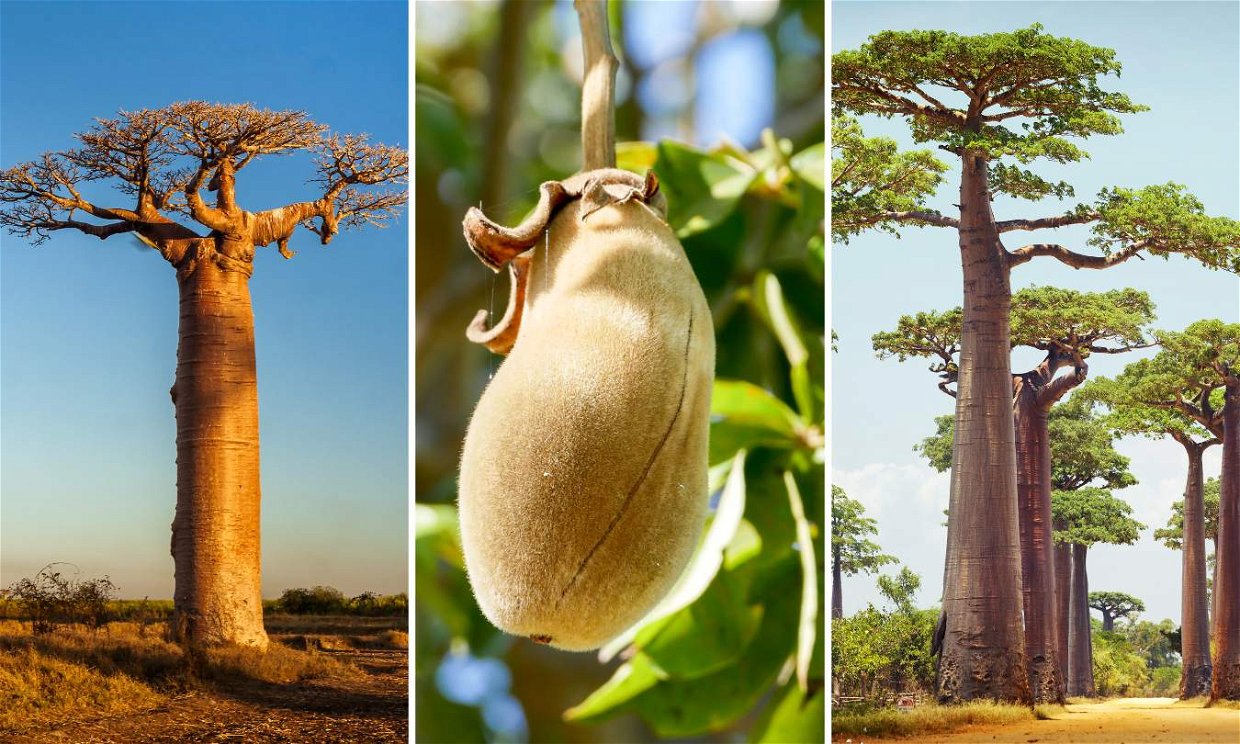
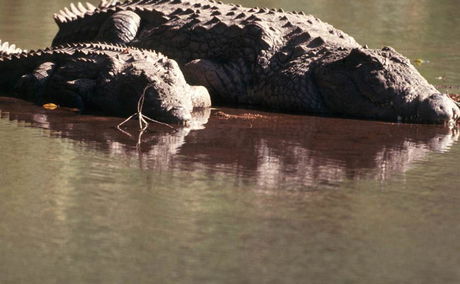
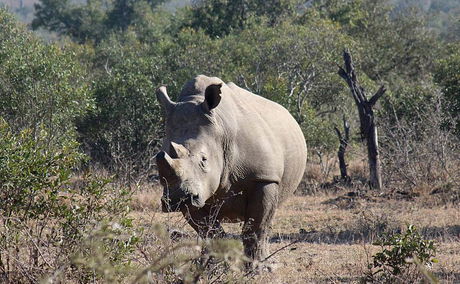



Share This Post